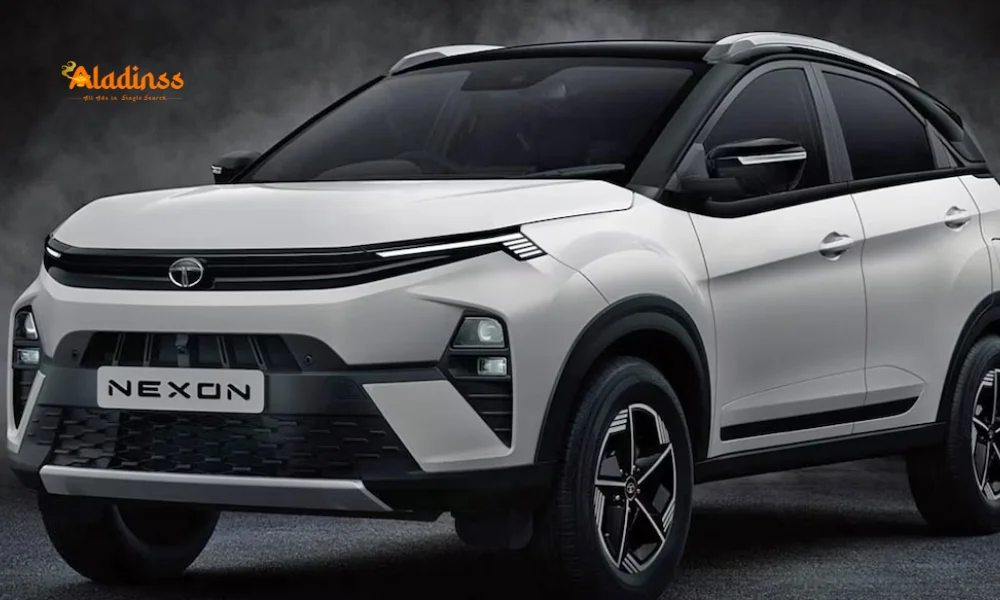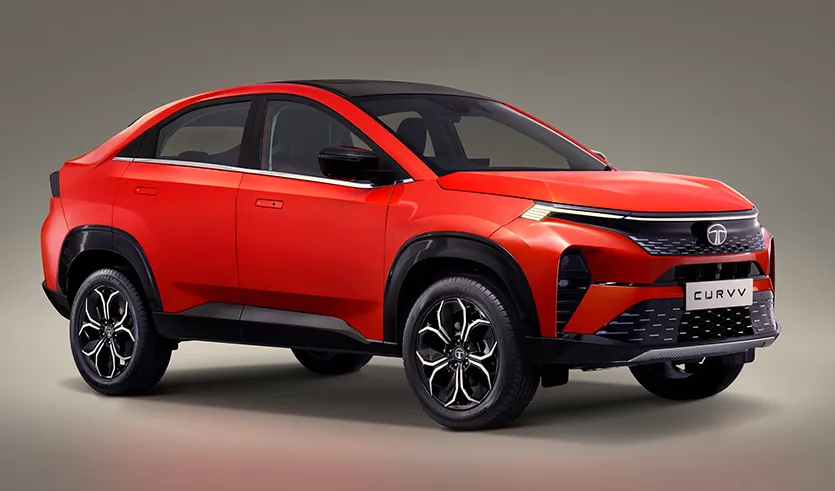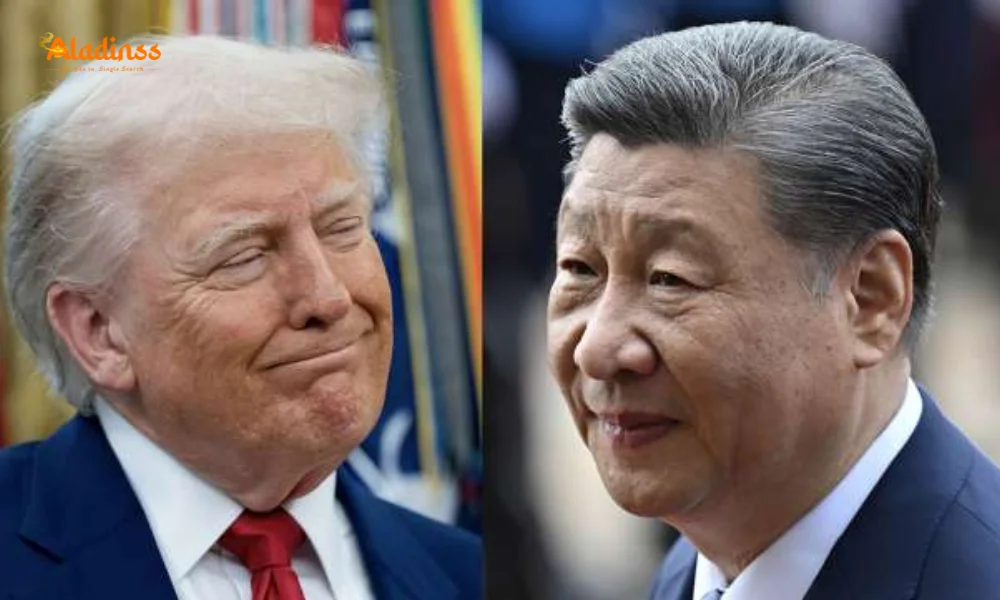Tata Motors Slashes Car Prices by Up to ₹1.55 Lakh

GST Reforms 2025: Tata Motors Slashes Car Prices by Up to ₹1.55 Lakh
In a significant boost for car buyers in India, Tata Motors has announced substantial price reductions across its popular car and SUV lineup, effective from September 22, 2025, following the recent GST reforms. The Goods and Services Tax (GST) Council’s decision to lower the tax rate on small cars from 28% to 18% has prompted Tata Motors to pass on the full benefit to customers, resulting in price cuts of up to ₹1.55 lakh. Models such as the Tata Tiago, Altroz, Punch, Nexon, Curvv, Harrier, and Safari will see revised ex-showroom prices, making them more affordable ahead of the festive season. This article provides a detailed breakdown of the price reductions, the impact of GST reforms, and what this means for consumers looking to purchase a Tata vehicle in 2025.
The GST reforms, announced at the 56th GST Council meeting, mark a pivotal shift in India’s automotive taxation structure. By reducing the GST on small cars—defined as vehicles under 4 meters in length with petrol engines up to 1,200cc or diesel engines up to 1,500cc—the government aims to enhance affordability and stimulate demand in the price-sensitive small car segment. Tata Motors, one of India’s leading automakers, has taken a proactive stance by immediately committing to pass on these savings, positioning itself as a consumer-friendly brand in a competitive market. With the festive season approaching, these price cuts are expected to drive significant sales, particularly for first-time buyers and middle-income families.
Tata Motors Price Reductions: Model-Wise Breakdown
Tata Motors has outlined specific price reductions for its popular models, reflecting the impact of the GST reduction from 28% to 18% for small cars and the elimination of the compensation cess for larger vehicles. Below is a detailed breakdown of the revised prices for key models, effective from September 22, 2025:
Tata Tiago: The entry-level hatchback, known for its affordability and safety features, will see a price reduction of ₹75,000. The new starting ex-showroom price is set at ₹4,99,990, down from approximately ₹5,75,000. This makes the Tiago one of the most budget-friendly options in its segment, appealing to first-time car buyers.
Tata Altroz: The premium hatchback, celebrated for its design and five-star Global NCAP safety rating, will be cheaper by ₹1,10,000. The revised ex-showroom price starts at ₹6,89,000, down from around ₹8,00,000, positioning the Altroz as a compelling choice in the competitive hatchback market.
Tata Punch: The micro-SUV, a favorite for its rugged styling and compact dimensions, will see a price cut of ₹85,000, bringing its starting ex-showroom price to ₹6,19,990 from approximately ₹7,05,000. This reduction enhances the Punch’s appeal in the growing sub-4-meter SUV segment.
Tata Nexon: The popular sub-compact SUV, known for its versatility and safety, benefits from the largest price reduction in the lineup, with a cut of ₹1,55,000. The new starting ex-showroom price is approximately ₹8,00,000, down from around ₹9,55,000, making it a standout option for SUV buyers.
Tata Curvv: The recently launched mid-sized SUV, which blends coupe-like styling with practicality, will see a price reduction of ₹65,000, bringing its starting ex-showroom price to around ₹10,00,000 from approximately ₹10,65,000. This positions the Curvv competitively against rivals like the Hyundai Creta.
Tata Harrier and Safari: The premium SUVs, known for their bold design and advanced features, will also benefit from the GST reforms. The Harrier will see a price cut of up to ₹1,40,000, while the Safari’s price will be reduced by up to ₹1,45,000. Exact revised prices for these models are yet to be announced, but the reductions are expected to make them more accessible in the premium SUV segment.
Impact of GST Reforms on the Automotive Sector
The GST reforms, effective from September 22, 2025, represent a significant overhaul of India’s automotive taxation structure. The reduction from 28% to 18% for small cars, coupled with the elimination of the compensation cess (previously ranging from 1% to 22%), has lowered the overall tax burden across vehicle segments. For small cars, the tax reduction translates to a price drop of approximately 5–10%, while larger vehicles, now taxed at a flat 40% GST without cess, see a marginal reduction compared to the previous effective tax rate of up to 50%. This restructuring aims to simplify compliance, reduce disputes, and boost consumer demand, particularly in the price-sensitive small car segment, which accounted for one-third of passenger vehicle sales in FY 2024-25.
Tata Motors’ decision to pass on the full benefit of the GST reduction aligns with the government’s vision of making personal mobility more accessible. Shailesh Chandra, Managing Director of Tata Motors Passenger Vehicles Ltd., emphasized, “The reduction in GST on passenger vehicles is a progressive and timely decision that will make personal mobility more accessible for millions across India.” This move is expected to stimulate demand, especially during the festive season, when car sales traditionally peak. Industry analysts predict a 5–10% increase in sales volumes for mass-market brands like Tata Motors, Maruti Suzuki, and Hyundai, as affordability improves.
Why the Price Cuts Matter for Consumers
The price reductions announced by Tata Motors come at a crucial time, as the Indian automotive industry has faced sluggish sales in recent months. The small car segment, which includes models like the Tiago, Altroz, and Punch, has seen declining demand due to a shift toward feature-rich SUVs. The GST reduction and subsequent price cuts are expected to revive interest in this segment, making it easier for first-time buyers and middle-income families to own a car. For instance, the Tata Tiago’s new price of ₹4,99,990 positions it as one of the most affordable cars with a five-star safety rating, while the Nexon’s revised price of ₹8,00,000 makes it a strong contender in the sub-compact SUV market.
For buyers of premium SUVs like the Harrier and Safari, the price cuts of up to ₹1,45,000 enhance their value proposition, especially against competitors like the Mahindra XUV700 and Toyota Fortuner, which also benefit from the GST reforms. The Curvv, a recent addition to Tata’s lineup, becomes more attractive at its reduced price, appealing to buyers seeking a stylish yet practical mid-sized SUV. These price adjustments are likely to lower monthly EMIs, reducing the financial burden on consumers opting for car loans.

Festive Season Boost and Market Outlook
The timing of the GST reforms and Tata Motors’ price cuts aligns perfectly with the festive season, starting with Navaratri on September 22, 2025. Historically, this period sees a surge in car purchases, as consumers view it as an auspicious time to buy vehicles. Tata Motors has urged customers to book early to secure deliveries during this high-demand period, anticipating strong sales for models like the Nexon and Punch. Dealerships are preparing for increased footfall, with many offering additional festive discounts and financing options to complement the GST-led price reductions.
Industry experts, including global brokerage firm CLSA, project a positive outlook for the automotive sector following the GST reforms. The simplified tax structure, with a uniform 18% rate for auto parts and the elimination of the compensation cess, is expected to streamline supply chains and reduce production costs. This could lead to further price adjustments in the future, as manufacturers pass on savings from lower component costs. However, some analysts caution that manufacturers may adjust base prices to retain margins, potentially offsetting some of the GST benefits. Tata Motors’ commitment to passing on the full reduction sets a precedent, putting pressure on competitors like Maruti Suzuki and Hyundai to follow suit.
Consumer Tips for Buying a Tata Car in 2025
For consumers planning to purchase a Tata vehicle, the price cuts offer a golden opportunity to save significantly. However, experts recommend waiting until September 22, 2025, when the revised prices take effect, to ensure maximum savings. Booking early at authorized Tata Motors dealerships can help secure preferred variants, as high demand during the festive season may lead to stock shortages. Buyers should also compare on-road prices, which include insurance, registration, and road tax, as these costs may vary by state. Exploring financing options with low interest rates can further enhance affordability, especially for models like the Nexon and Altroz, which offer substantial savings.
Additionally, consumers should verify the final ex-showroom prices with dealers, as the reductions mentioned are indicative and may vary slightly by variant or location. For those considering electric vehicles, Tata Motors’ EVs, such as the Nexon EV, remain unaffected by the GST changes, retaining their 5% tax rate. This makes Tata’s EV lineup an attractive option for eco-conscious buyers looking to avoid price hikes in the luxury EV segment, which had been speculated to face higher taxes.
Tata Motors’ Competitive Edge
Tata Motors’ swift response to the GST reforms reinforces its reputation as a customer-centric brand. By passing on the full tax benefit, the company sets itself apart from competitors who may opt to retain some savings to boost margins. The price reductions across models like the Tiago, Punch, and Nexon strengthen Tata’s position in the mass-market segment, while the Harrier and Safari cuts enhance its presence in the premium SUV market. With a focus on safety, design, and affordability, Tata Motors is well-poised to capitalize on the festive season demand and regain market share in a competitive landscape.
The GST reforms also align with broader government initiatives to boost India’s automotive industry, which contributes significantly to the country’s GDP and employment. By making vehicles more affordable, the government and manufacturers like Tata Motors aim to increase car ownership, currently at 32–34 cars per 1,000 people in India, compared to global averages. As the industry navigates this transformative period, Tata Motors’ proactive approach positions it as a leader in driving accessibility and innovation in personal mobility.
Comment / Reply From
No comments yet. Be the first to comment!











